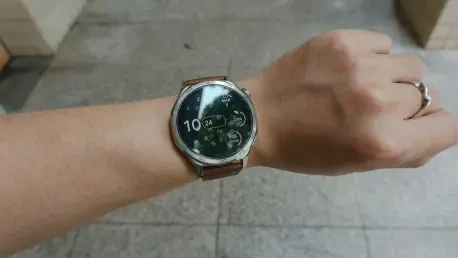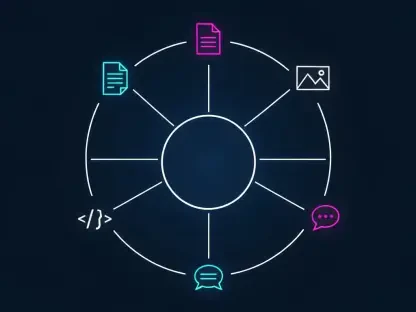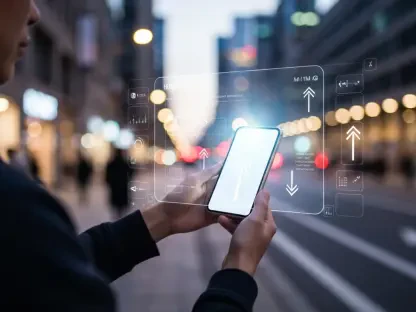In a world of ever-evolving technology, Google’s latest design innovation, Material 3 Expressive, is making subtle debuts on smartwatches. With the advances in design being tested on the Pixel Watch series, this raises the question of whether Google’s new aesthetic approach is prematurely appearing in the wild. The official launch complements Android 16 later this year, but the early sightings indicate a strategic rollout. This next-generation design language aims to refine Android’s visual and functional aesthetics, setting a fresh paradigm for digital interfaces. The design has captured the attention of tech enthusiasts and insiders alike, spurring speculation on how far and wide its influence will reach in the wearable tech market. Google’s decision to implement a gradual integration demonstrates a calculated approach, one that seeks to blend novelty with practicality.
A Glimpse of Material 3 on Wear OS Devices
Emerging reports from Pixel Watch users have started to spotlight elements of Material 3 Expressive within their Google Calendar Tiles. The sightings reveal a new design approach with its characteristic oversized and expressive buttons. This design aims to mold interfaces more organically with screens, offering more intuitive user interactions. Though these elements are not yet widely available, their presence on devices like Pixel Watch 2 and 3 suggests Google is exploring user responses before a broader release. The unexpected, yet limited, introduction of these features hints at the company’s interest in capturing feedback from real-world usage. Highlighting the screen components indicates a step towards making key functions more accessible, which underscores Google’s dedication to enhancing user experience across its interface platforms.
Strategic Rollout and User-Centered Design
Google’s selective introduction of Material 3 marks a strategic phase in their product development. The tech giant’s preference for gradual updates aligns with its core focus on user-centered design. By methodically rolling out design changes, Google likely assesses user reactions and refines these features before a comprehensive launch. This approach underscores concept testing in a deliberate manner, aiming to optimize both functionality and visual appeal. Such phased introductions are vital for understanding user interaction, emphasizing the importance of empirical feedback to steer development. Incremental implementation reveals an effort to bridge the gap between innovative aesthetics and practical functionality. Expected to fully integrate with Android 16, these early appearances suggest Material 3 Expressive is a promising shift in Google’s design strategy. Google’s approach of testing Material 3 Expressive on select Pixel Watches shows strategic planning. Observers eagerly anticipate how complete integration might redefine user interfaces, influencing broader design trends in wearables.









